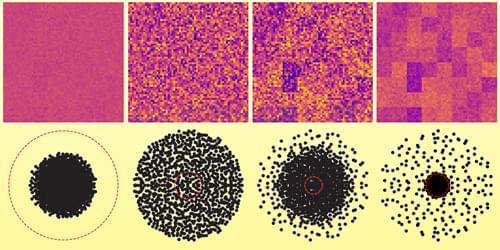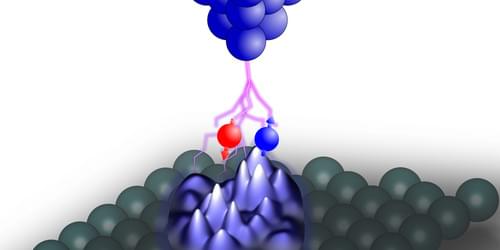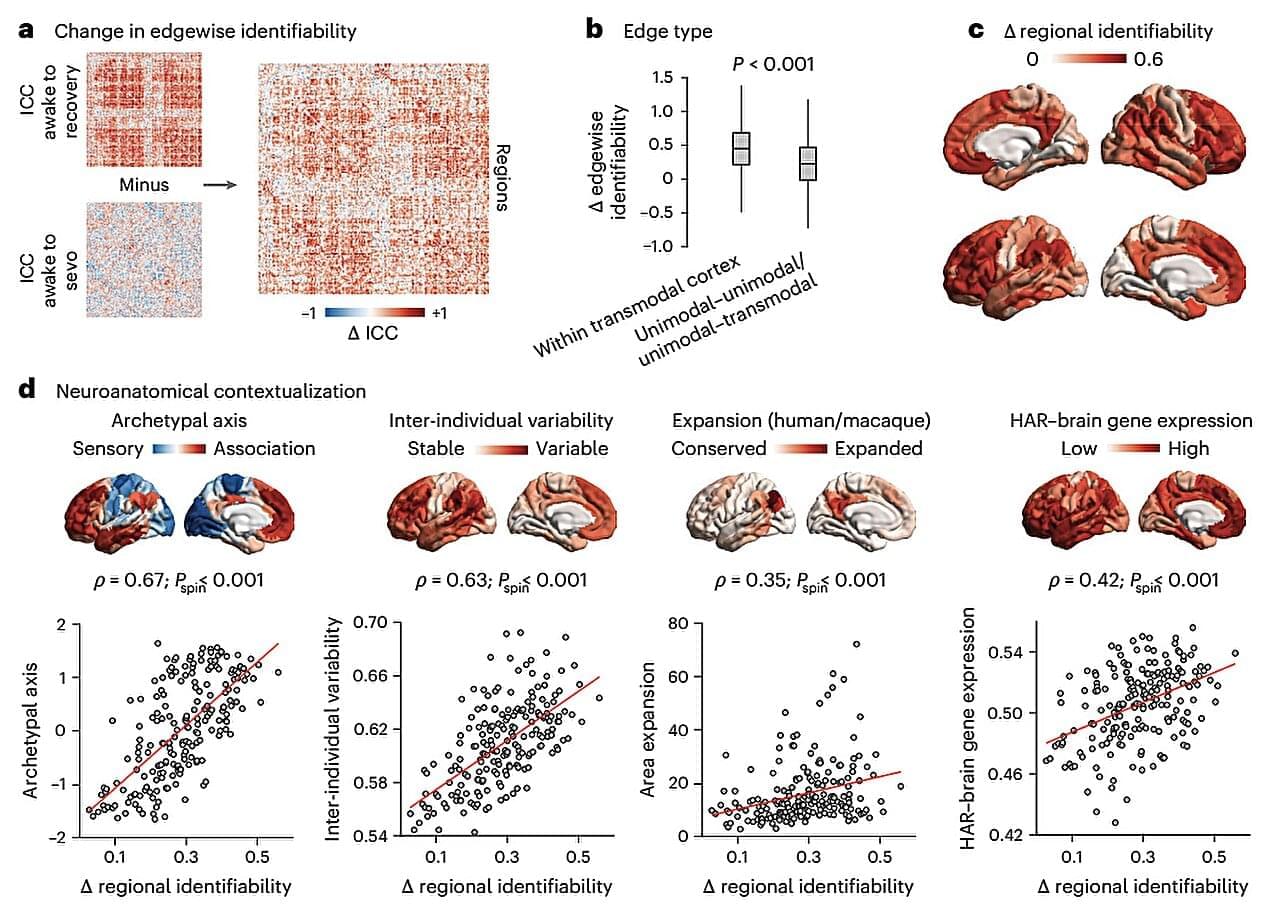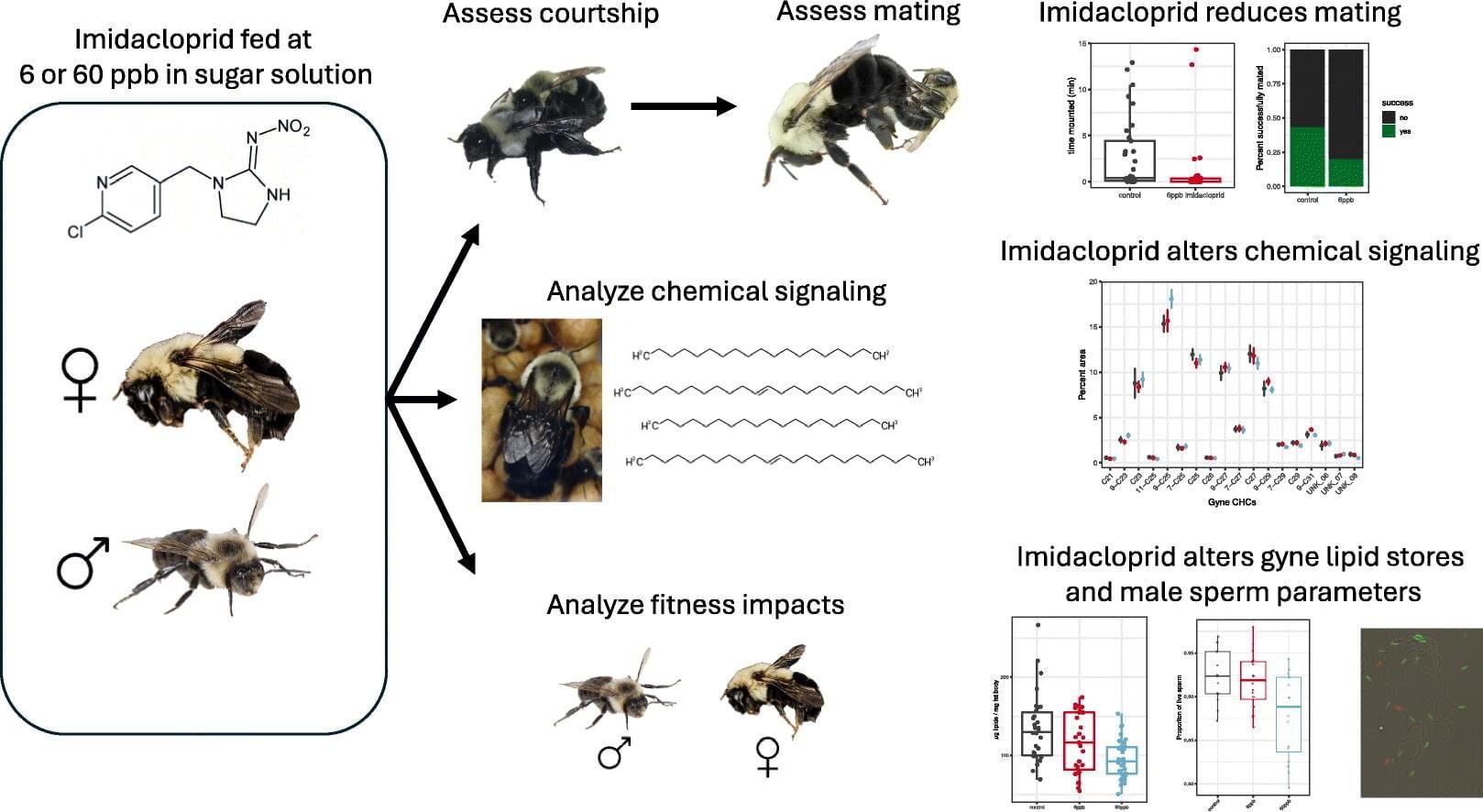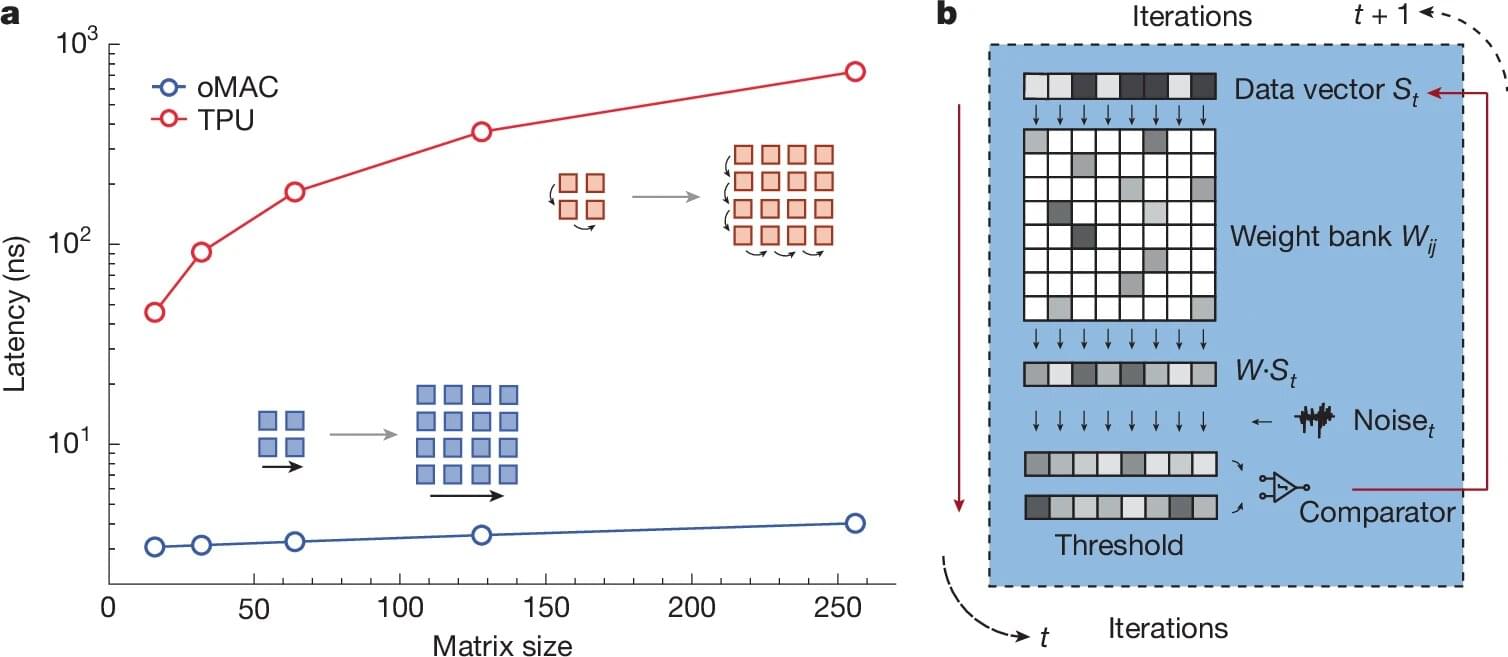A new hope for diabetes patients: reprogrammed stem cells achieve insulin independence.
In a pioneering medical breakthrough, scientists in China have successfully reversed type 1 diabetes in a patient by reprogramming her own fat cells into insulin-producing pancreatic cells. This revolutionary approach offers a promising alternative to current diabetes treatments and could pave the way for a potential cure for millions of people affected by this chronic autoimmune disease. The patient involved in the study remains free from insulin injections more than a year after receiving the experimental treatment, highlighting the potential of stem cell therapy as a game-changer in diabetes care.


